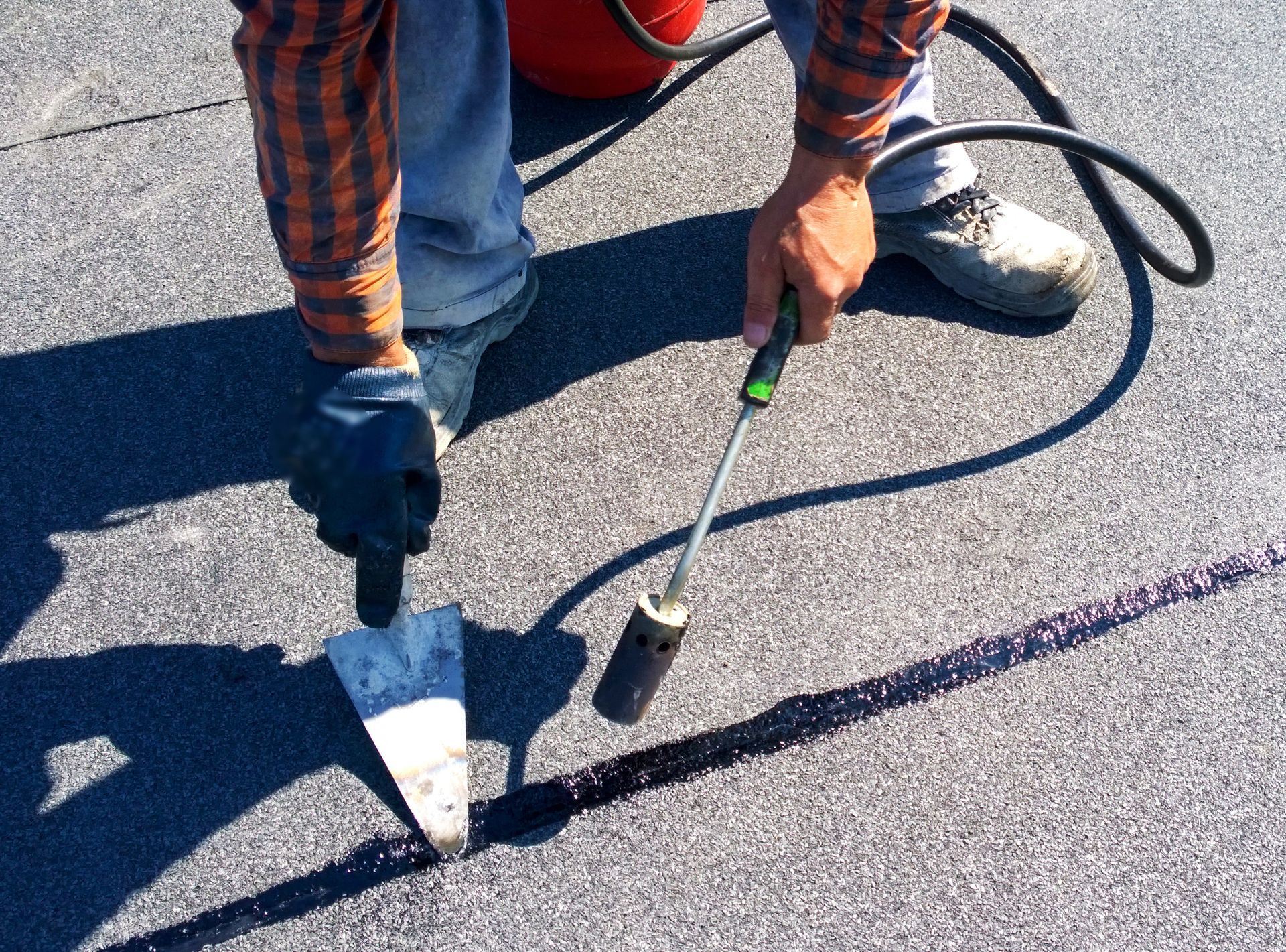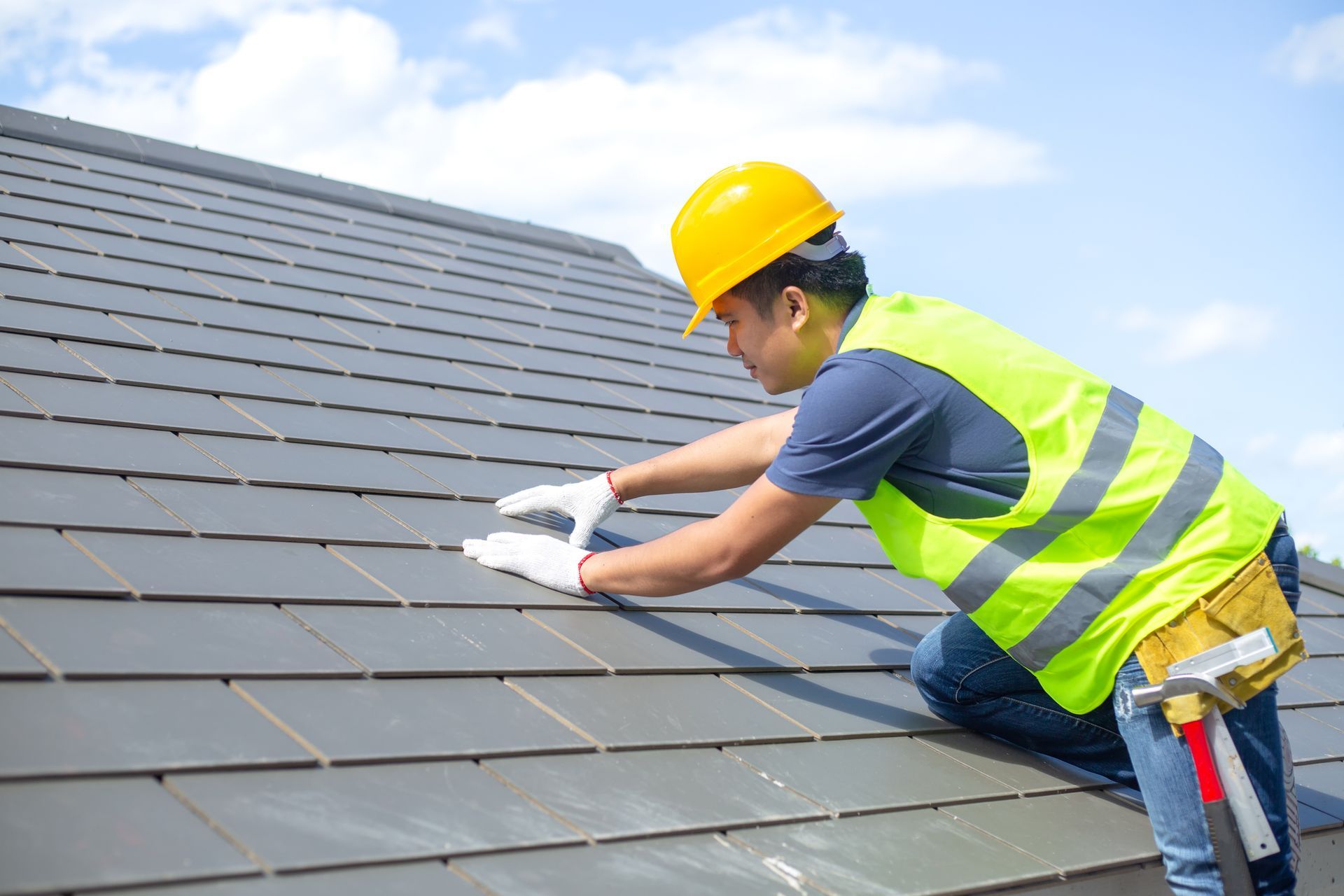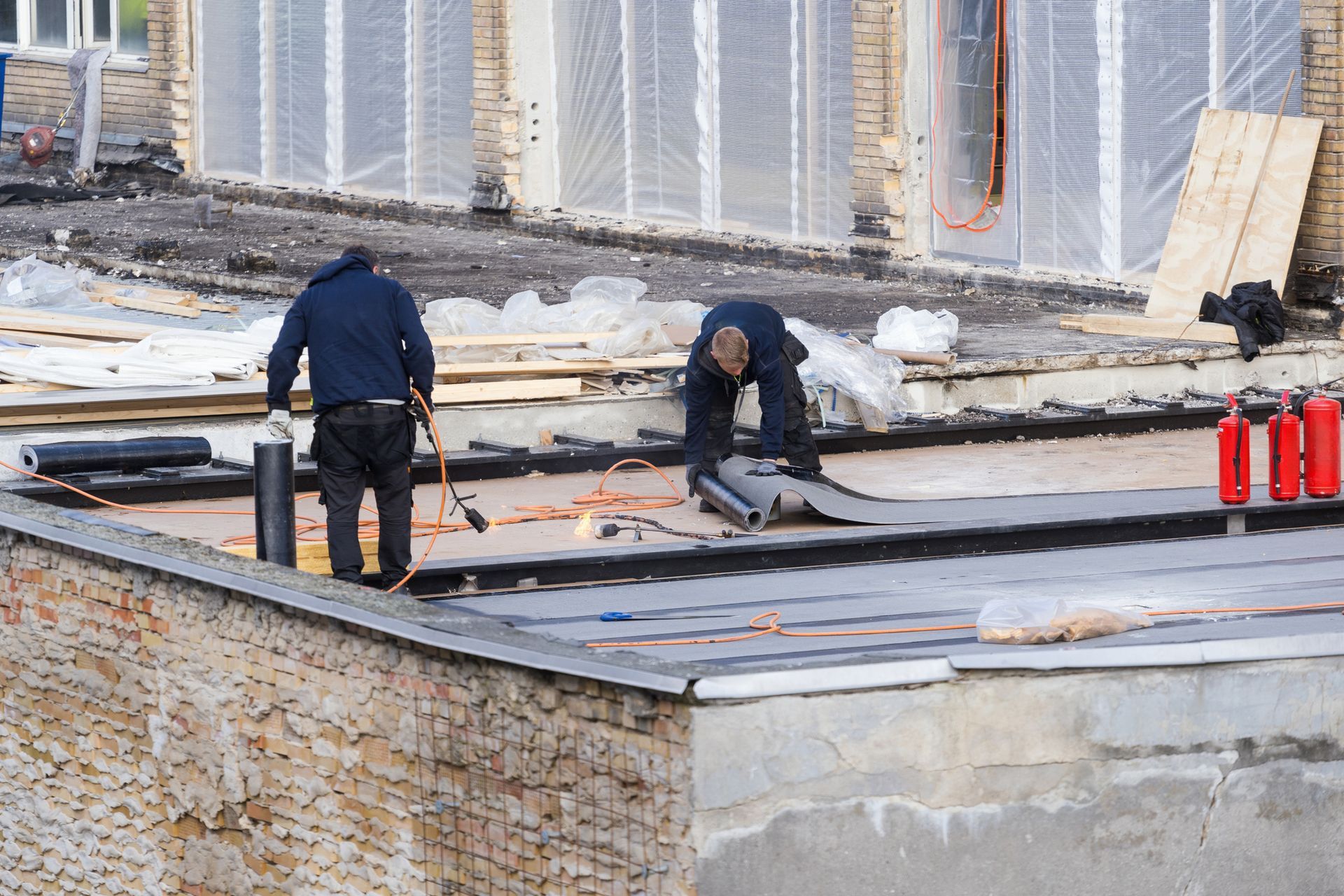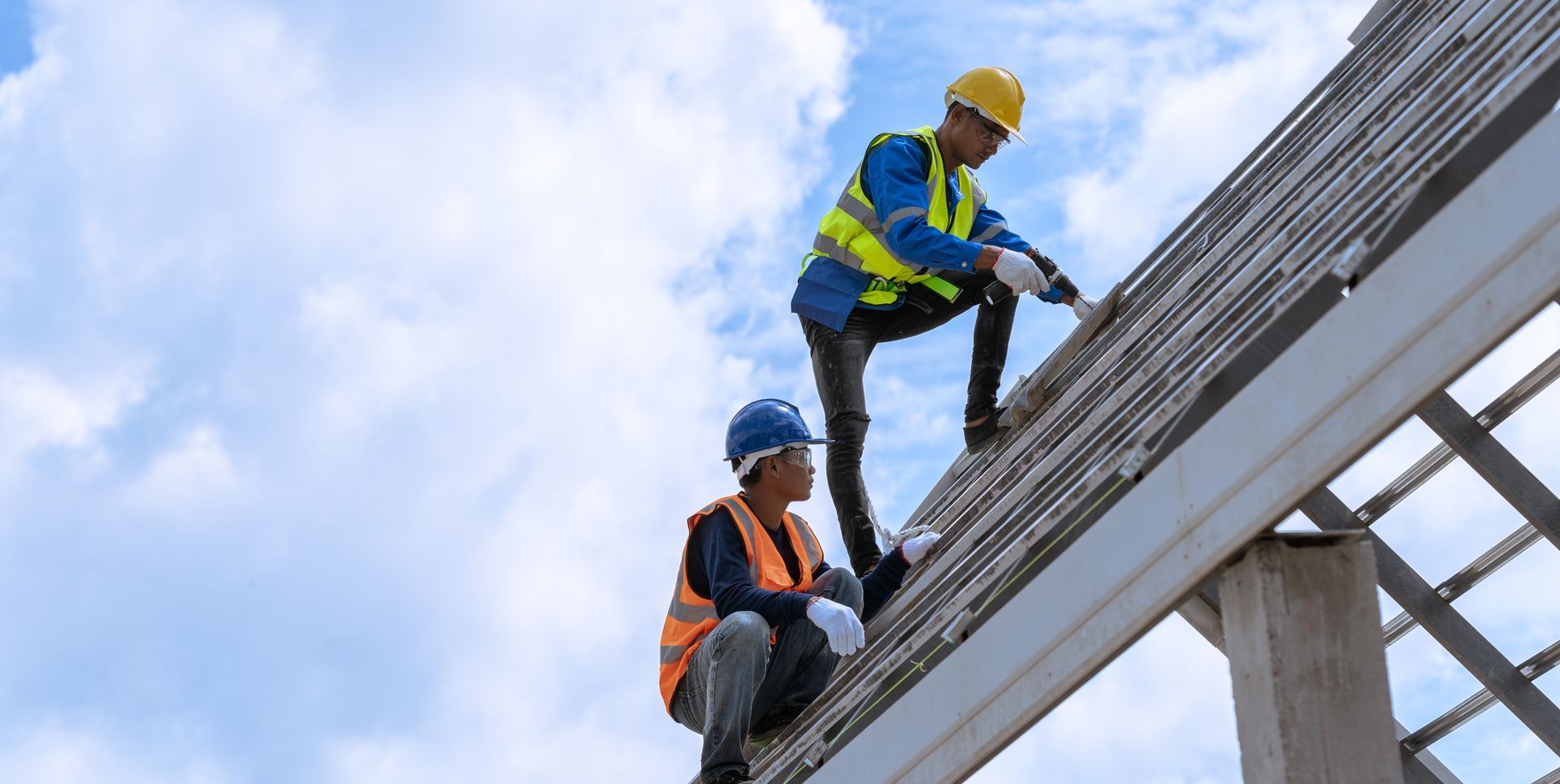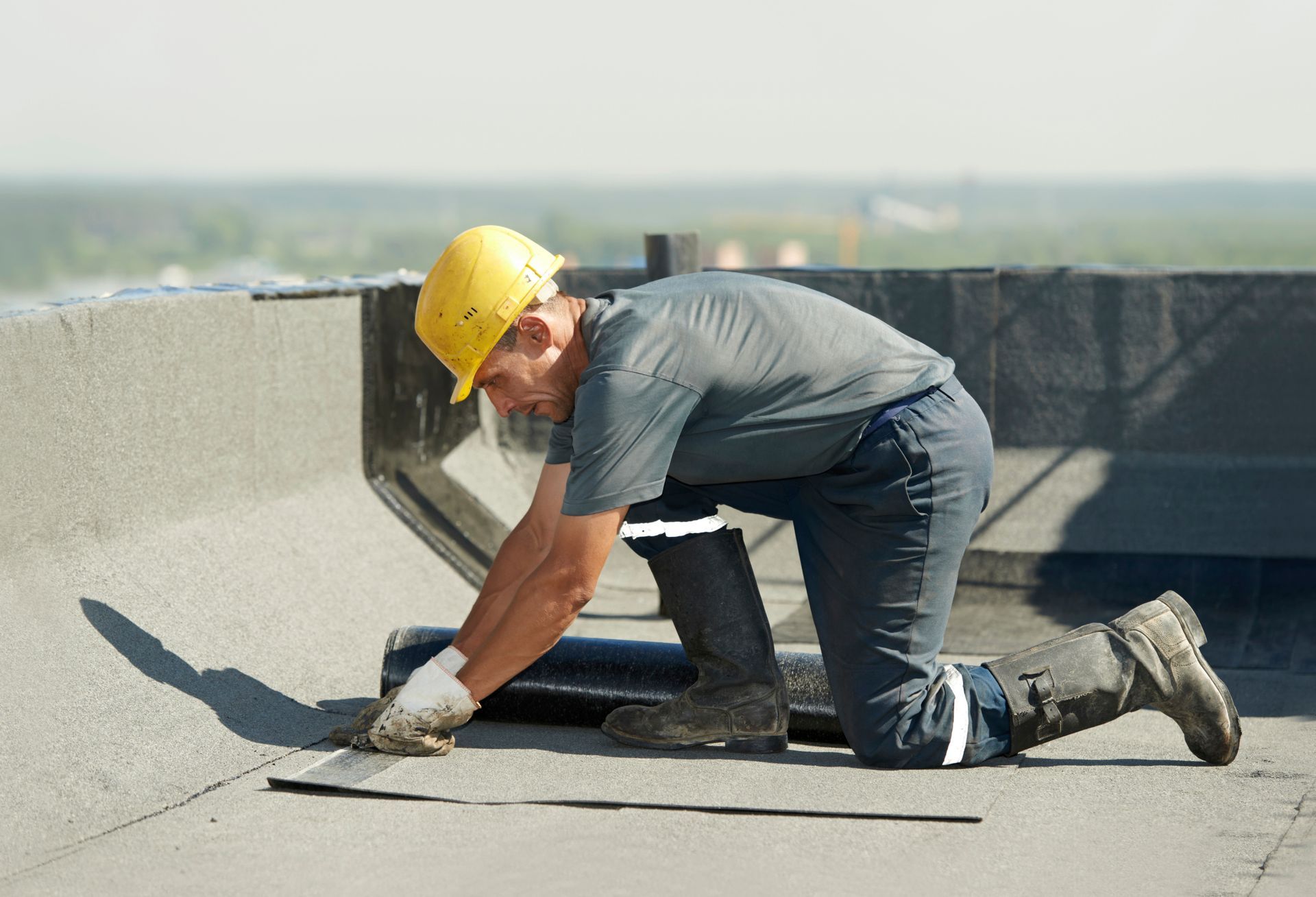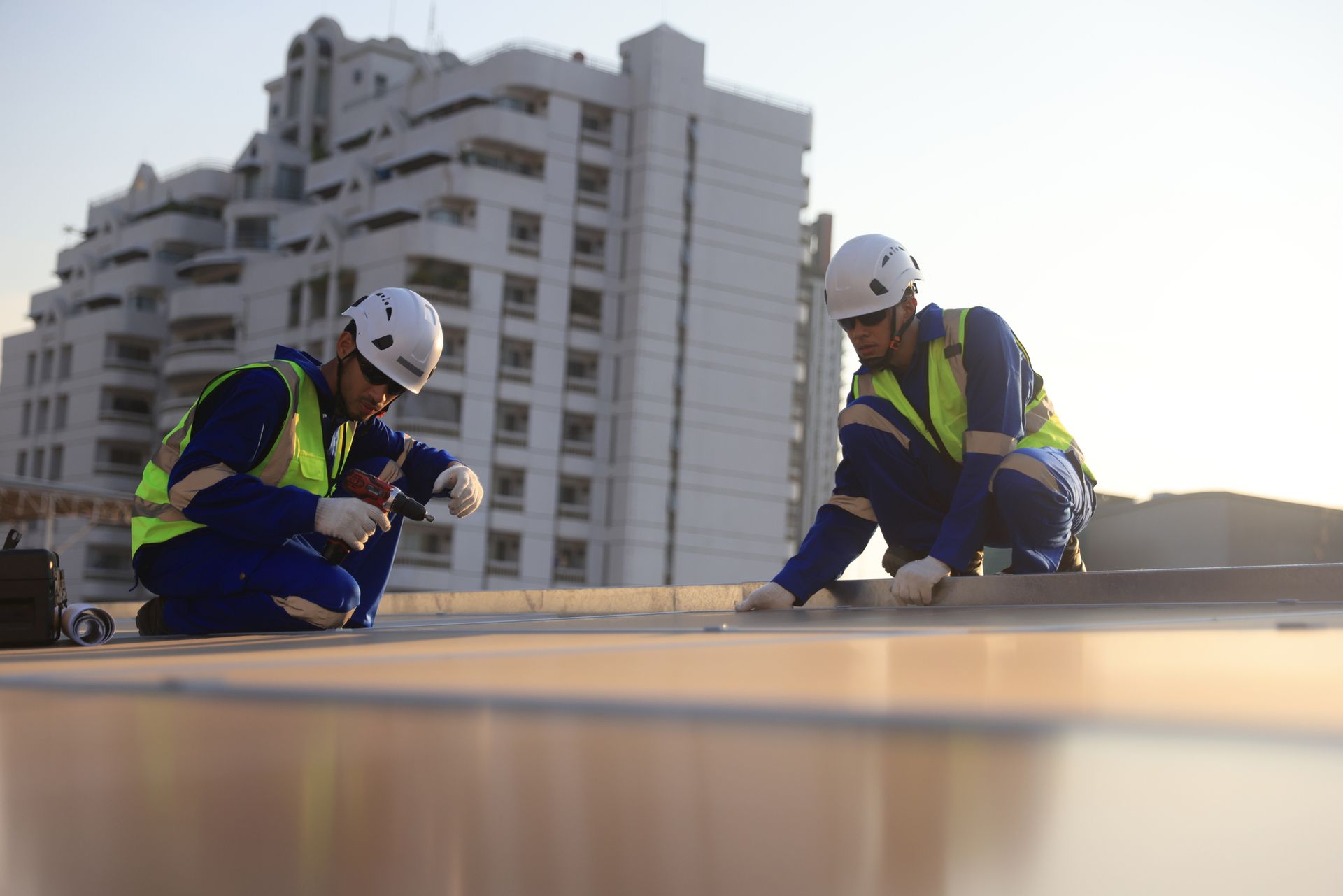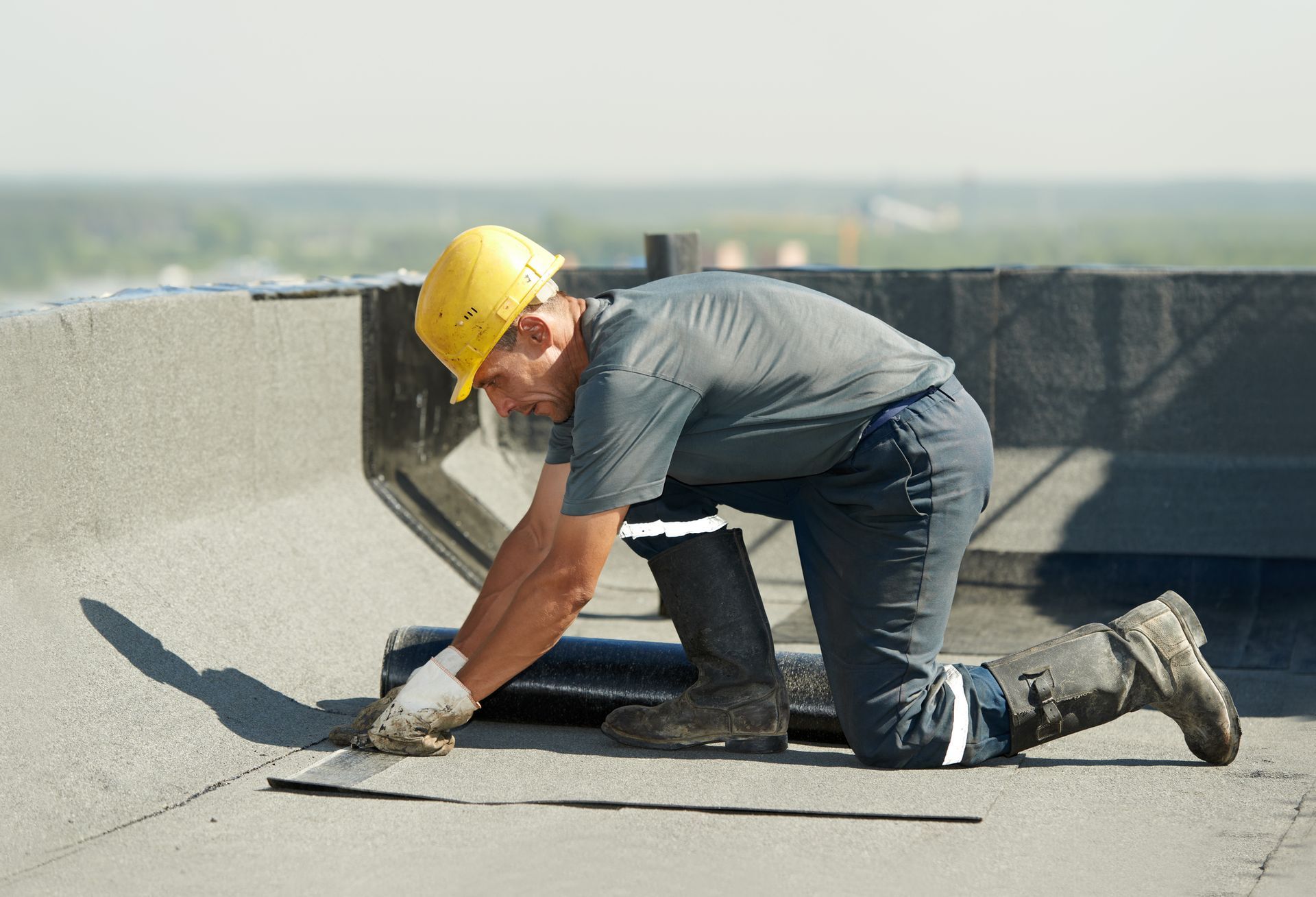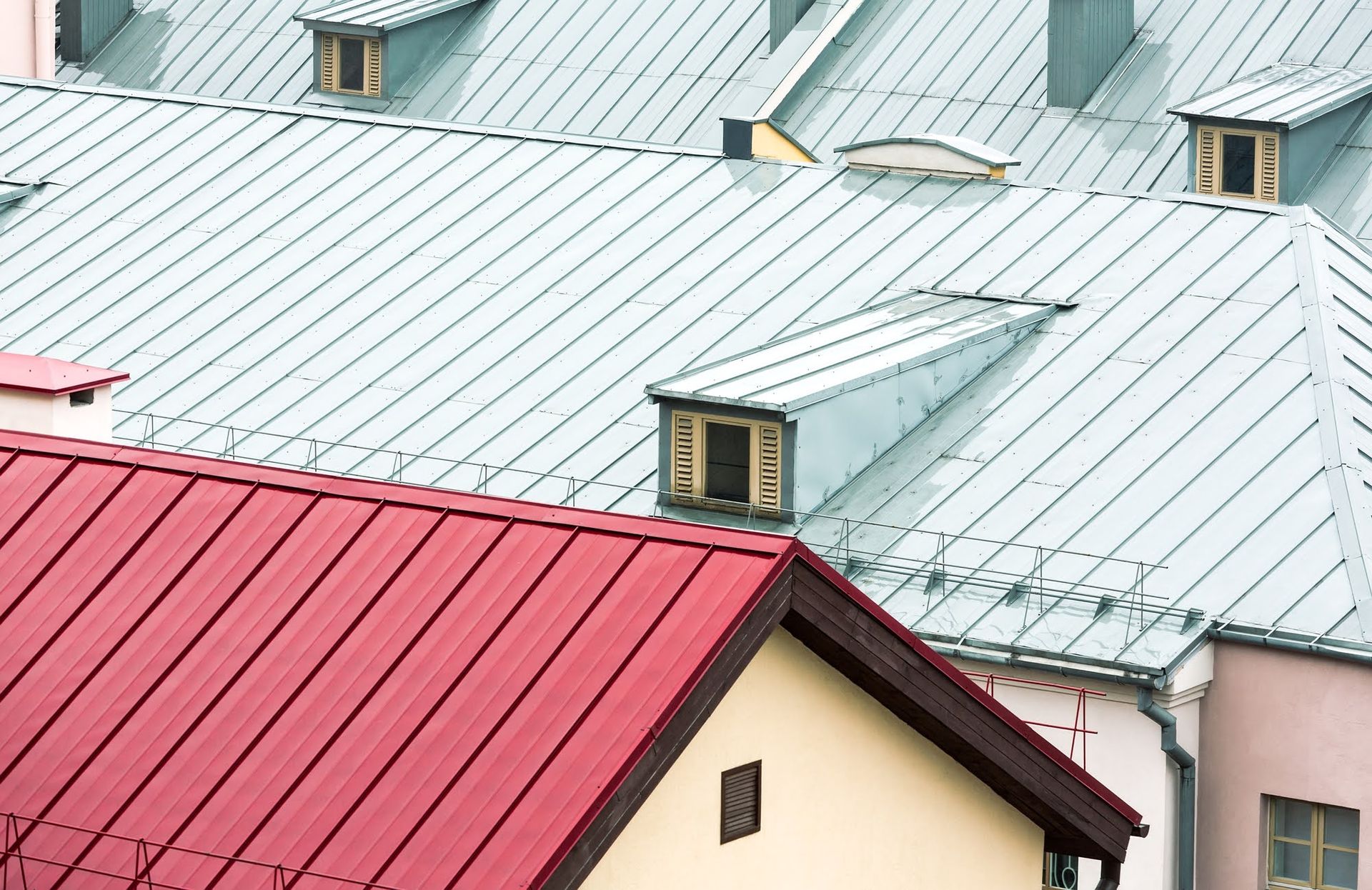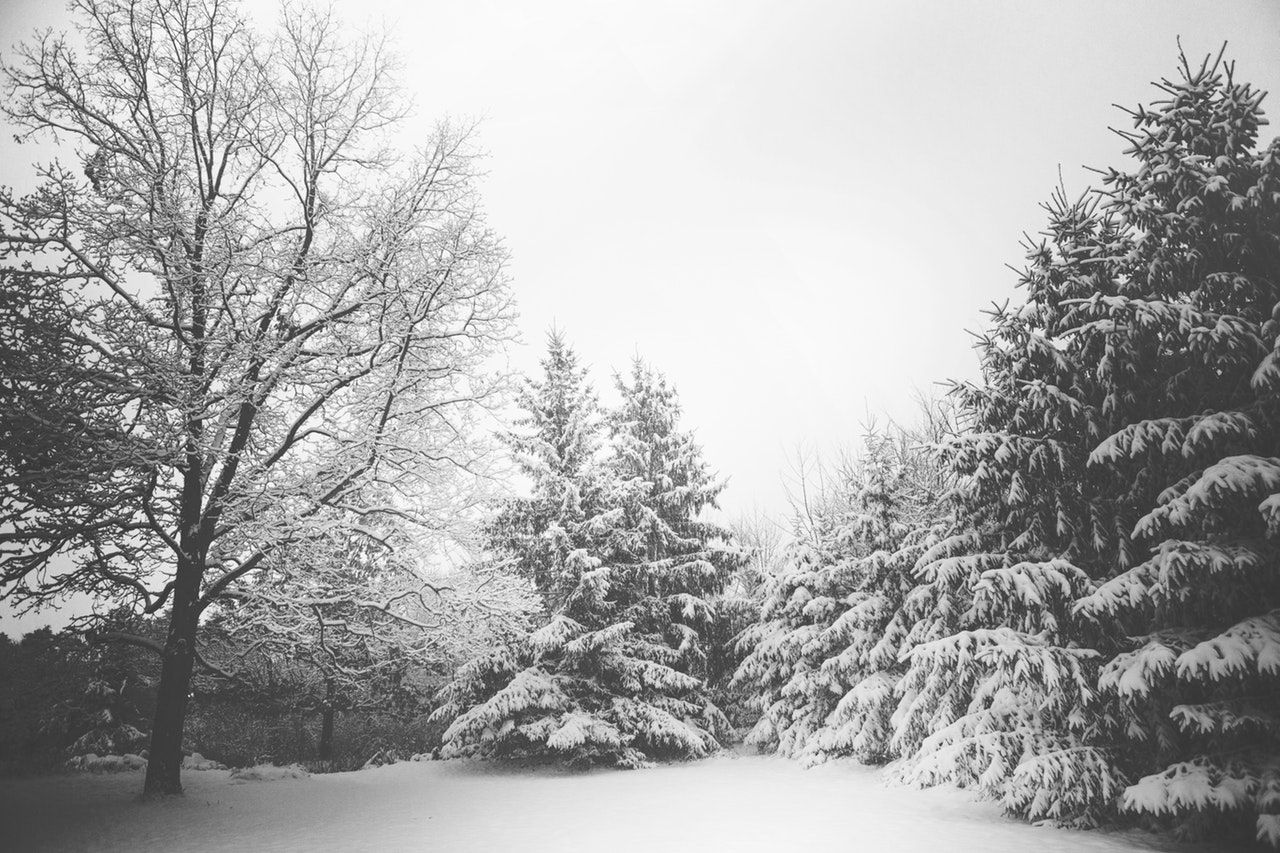Avoiding Potential Pitfalls in Green Roof Installation

Your business or facility may be going green, or you may just want to save money on HVAC, stormwater management, and other expenses. Either way, installing a green roof can help your business reach those goals. But a green roof installation can be quite different from your typical roofing job, so you have to navigate the experience carefully to avoid any potential pitfalls.
Learn how to avoid some common pitfalls in green roof installation.
Avoid Choosing an Unqualified Contractor
You’ve probably heard that plants or even moss growing on the roof can damage roof membranes by putting down roots. As you may imagine, a system that allows plant roots to live safely on your roof without damage has to be designed a little differently than a conventional roof. This means that to be successful, it will require different techniques and materials.
Look for contractors who have certifications, training, or memberships from green roof organizations , such as the Green Roofs for Healthy Cities Association. You should also check your contractor’s references to see if past projects included green roofs that turned out how you’d like yours to turn out.
When checking references for a contractor you’re considering, be sure you talk to customers from at least several years ago. Since a roof is meant to be a long-lasting part of your building, you want to gather evidence that this contractor’s work holds up in the medium-term and, ideally, in the long term as well.
Avoid Greenwashed Products or Materials
Companies sometimes lean heavily on the green angle when marketing products and services to environmentally conscious customers. Advertising an eco-friendly angle can sometimes even get to the point of being misleading (a practice known as greenwashing ). So don’t agree to something just because it sounds eco-friendly.
For example, some roofers may reuse flashing materials. While re-using may be eco-friendly in principle, flashing isn’t a great place to practice it. Reused flashing can fail early on, causing more roof problems and consequently less eco-friendliness in the long run. Be sure to do your homework and choose a contractor who doesn’t use the Earth as an excuse to cut corners.
Avoid Choosing Plants That Won’t Thrive
Two broad categories of green roofs are intensive and extensive systems. An intensive green roof system is basically a rooftop garden; it contains various interesting plants and typically will require a deeper growing medium.
An extensive system, on the other hand, is all about function: lightweight growing medium and low-growing, hardy plants that will stay alive with minimal maintenance. Keeping the plants alive is critical, since if they die you’ll need to replant your roof — likely at additional cost.
You’ll need to work closely with your contractors to find plants that will acclimatize well to both your climate and the very specific environment and location of your roof (accounting for sun exposure and winds, for example). Your green roofing expert can help you choose plants likely to do well in your site.
You can also talk to others in your area who have green roofs to see if they can offer any pros and cons for different plants that they’ve used in similar siting situations. Once you’ve determined which plants are likely to thrive, you can decide which of those plants offer an aesthetic you’d like to see on your roof.
Avoid Missing Out on Incentives
One of the great things about green roofs is that they’re so universally beneficial that municipalities and other governments may recognize their benefits and provide incentives. For instance, the city of Minneapolis offers a discount of your entire stormwater fee for facilities with enough green roof area. Other financial incentives may include things like grants or rebates.
Be sure to search for green roof grants and other incentives both at the local level and at county, state, and even federal levels. Check for both green building incentives and water quality or stormwater management incentives, since a green roof has such a positive impact on stormwater management.
Avoid Scope Creep
You may have a relatively firm idea of what a conventional roof should cost in your area and how to avoid going over budget due to scope creep. But you need to be extra careful about scope creep with a type of project you’re less familiar with (such as a green roof).
One way to avoid this problem is by choosing a contractor who’s very upfront about pricing in their estimate, even if the estimate is higher than others’. This may seem like a disadvantage at first because choosing a lower estimate can be tempting, but you need to carefully compare what each estimate covers.
One estimate may be higher than another because it’s more honest about the true cost of the project. Or it may simply be closer to true cost because it’s more detailed. Part of the responsibility for accuracy in estimates and project scope is on you, though: you need to clearly define every detail of what you do and don’t want the project to include.
Even a green roof project isn’t without potential pitfalls. But learning more about how the system works and finding a qualified contractor who comes highly recommended for integrity and quality of work can help you avoid these pitfalls. Contact Berwald Roofing & Sheet Metal to discuss your green roof project.
The post Avoiding Potential Pitfalls in Green Roof Installation appeared first on Berwald Roofing Inc.


